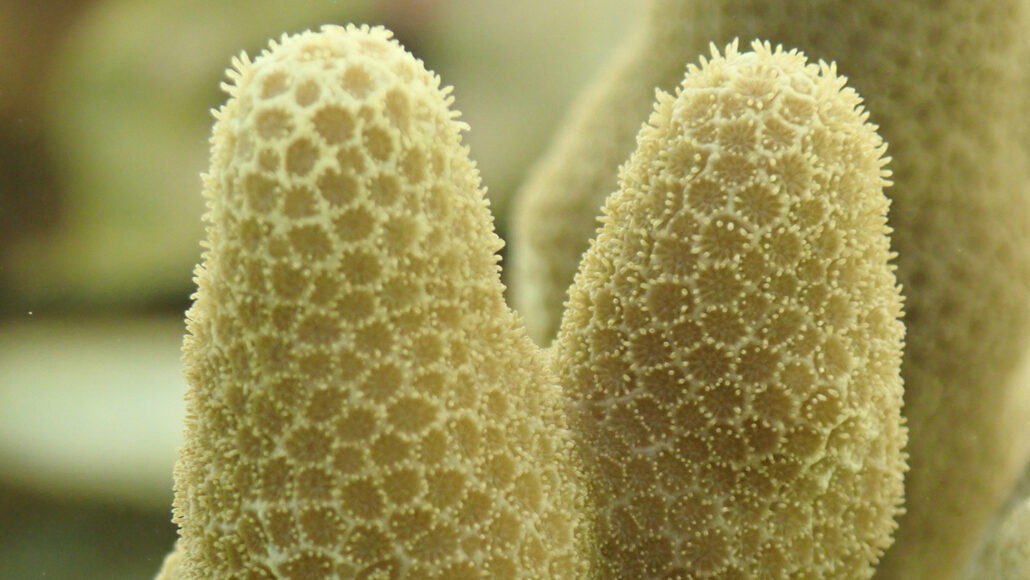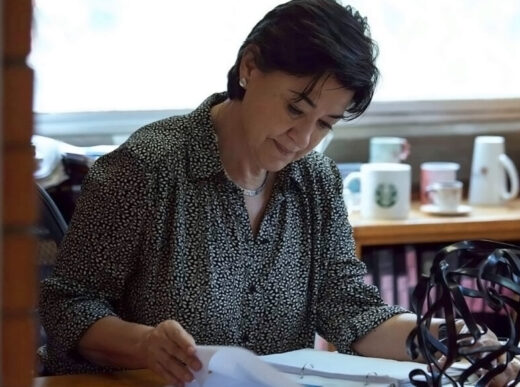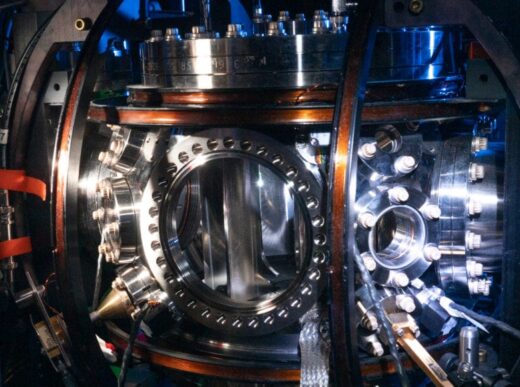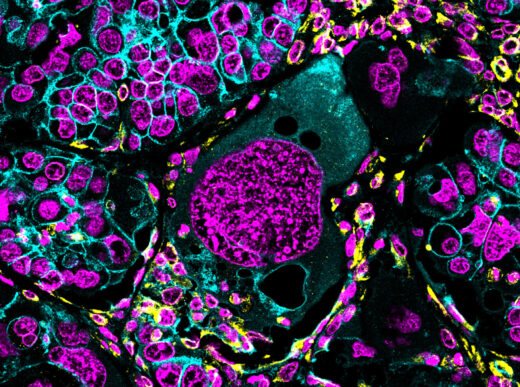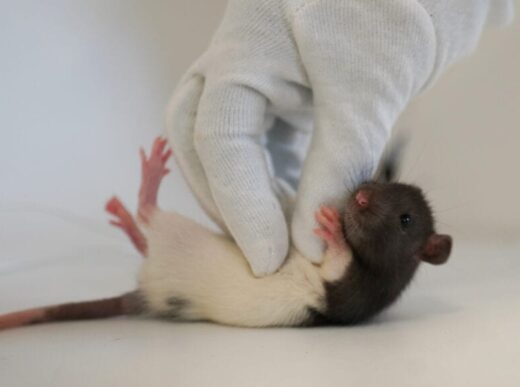In a groundbreaking development that reads like science fiction, scientists have achieved the cryopreservation and successful revival of mature coral colonies. This monumental feat, while promising, requires further research and effort to secure the long-term survival of these corals. Published on August 23 in Nature Communications, this achievement has the potential to become a lifeline for coral species facing extinction due to the impacts of human-induced climate change, including rising ocean temperatures and acidification.
Cryopreservation: A Potential Savior for Corals
A Glimpse into the Future
- Researchers have achieved the unprecedented cryopreservation and revival of mature coral colonies, marking a significant milestone in coral conservation.
- This innovative approach could play a pivotal role in preserving coral species threatened by the adverse effects of climate change, such as warming oceans and increased acidity.
Beyond Larvae: The Need for Mature Coral Preservation
- While cryopreserving coral larvae had previously yielded successful outcomes, the limited accessibility of larvae during spawning events posed a challenge.
- Marine scientist Liza Roger emphasizes that relying solely on larvae for conservation places too much dependence on specific times of the year when spawning occurs.
- Moreover, coral reproduction faces challenges as warming seas lead to decreased larval survival rates.
Mature Coral Preservation: A Year-Round Solution
- To address these limitations, researchers propose cryopreserving mature coral colonies, which are available year-round.
- This approach could prove invaluable in rebuilding coral reef ecosystems if humanity can mitigate climate warming, creating more favorable conditions for these corals.
Challenges in Cryopreserving Larger Specimens
- Cryopreserving larger coral specimens presents unique challenges, primarily centered around preventing ice formation.
- Ice formation can inflict damage to coral tissues, analogous to the freezing of pipes during winter.
- Innovative solutions are required to tackle these challenges effectively.
The Scientific Breakthrough: Cryopreserving Corals
Experimental Approach
- Thermodynamicist Matthew Powell-Palm and his team from Texas A&M University conducted experiments involving the cryopreservation of small segments of a common Hawaiian finger coral known as Porites compressa.
- The process began by removing microbes that might interfere with preservation using menthol and light.
- Fragments of coral were sealed within rigid metal chambers, which were filled with a specialized chemical solution to induce partial dehydration and mitigate ice formation. These chambers were subsequently submerged in liquid nitrogen.
Preservation in Extreme Cold
- The coral fragments endured temperatures of approximately -200°C within the chambers.
- The combination of low temperatures, chemical exposure, and the chamber’s containment prevented the formation of ice crystals within the coral.
- Under such frigid conditions, metabolic processes and life-sustaining reactions occurred at an infinitesimally slow pace, potentially allowing for the preservation of living specimens for centuries or even millennia.
Successful Revival
- Following a brief period of cryopreservation, the corals underwent a meticulous 24-hour thawing and recovery process.
- Subsequently, the researchers measured the oxygen consumption of the revived corals.
- Remarkably, one day after the thawing process, the corals exhibited signs of life, showcasing the viability of cryopreservation as a conservation tool.
Future Challenges and Optimism
Challenges Post-Revival
- Despite the initial success of revival, the corals faced stress in the days following cryopreservation.
- Intriguingly, they succumbed to bacteria that they typically coexist with, indicating the need for further research to ensure their long-term survival.
A Promising Outlook
- Matthew Powell-Palm remains optimistic about the future of these resilient coral fragments.
- He suggests that administering the appropriate antibiotics could aid in the corals’ adaptation to their revived environment.
- This optimism underscores the potential of cryopreservation in contributing to the survival of coral species in a changing world.
In conclusion, the cryopreservation and subsequent revival of mature coral colonies represent a remarkable achievement in coral conservation. While this scientific breakthrough offers hope for coral survival in the face of climate change, challenges persist in ensuring the long-term well-being of these corals post-revival. As researchers continue to explore innovative solutions and collaborate with experts in various fields, the promise of preserving these magnificent and vital marine ecosystems remains within reach. Stay tuned for updates as scientists work tirelessly to secure a future for corals in an ever-changing world.
